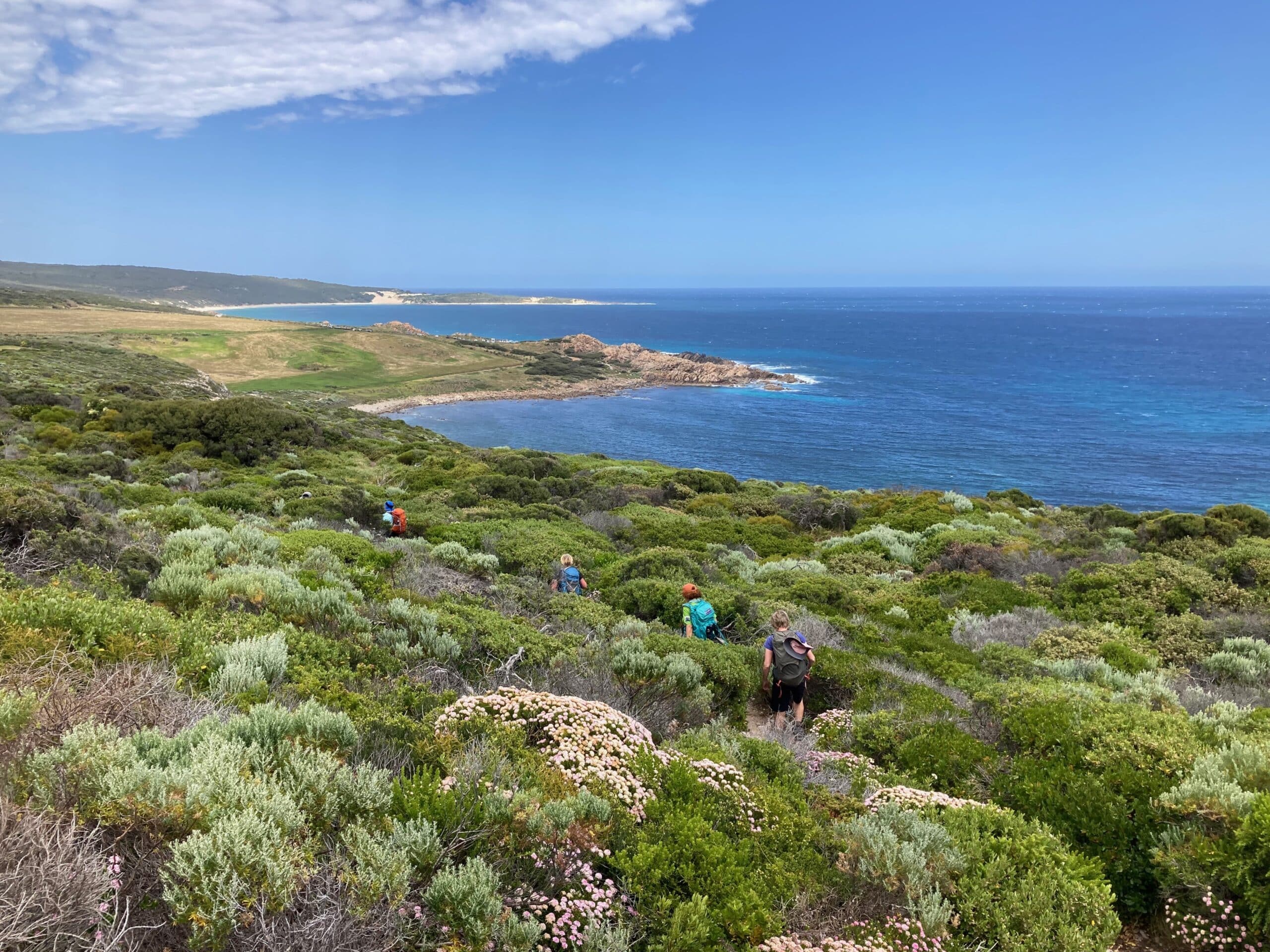Choosing between a guided trek and a self-guided trek is one of the biggest decisions you’ll make when planning an adventure. Both options offer incredible experiences, but the right choice depends on your confidence, fitness, budget, and what you want out of your journey. Whether you’re heading to Kokoda, the Aussie Camino, Nepal, or a local Australian trail, understanding the differences will help you choose a trek that matches your goals and comfort level.
Below, we break down the pros and cons of each style, plus expert tips to help you decide.
What Is Guided Trekking?
Guided trekking means you join a group (or private tour) led by an experienced trekking guide. They manage navigation, safety, logistics, accommodation, meal preparation, and cultural insights—allowing you to focus on walking and enjoying the experience.
Benefits of Guided Treks
1. Safety & Risk Management
Safety is the biggest advantage of guided trekking. Experienced guides understand terrain, weather changes, altitude risks, river crossings, and emergency procedures. This is essential for challenging trails like Kokoda or high-altitude routes in Nepal.
2. Hassle-Free Logistics
Permits, accommodation, transfers, meals, and equipment can take hours to organise—not to mention local rules that change seasonally. A guided trek handles everything for you.
3. Cultural Interpretation
Local or specialist guides share stories, history, and cultural insights you simply can’t get from a map or GPS. On treks like Kokoda, this connection is a huge part of the experience.
4. Social Experience
Many people join guided treks to meet like-minded adventurers. Shared challenges bring people together quickly, making the trek more enjoyable.
5. Ideal for Challenging or Remote Routes
If you’re new to trekking—or tackling a route with complex terrain—guided is almost always the safest choice.
Drawbacks of Guided Treks
1. Less Flexibility
Groups follow established routes, schedules, and pacing. You can’t simply stop for the day or change plans.
2. More Expensive
Expert guides, porters, food, and logistics add to the cost. Although the value is high, the upfront price may not suit every budget.
3. Group Dynamics
You’ll be walking with people you might not know. Most groups gel quickly, but some prefer trekking in total peace or privacy.
What Is Self-Guided Trekking?
Self-guided trekking gives you independent control over your pace, schedule, route choices, and trip style. You might still book accommodation in advance, but you’re responsible for carrying your own gear, managing safety, and navigating.
Benefits of Self-Guided Treks
1. Freedom & Flexibility
Start early, finish late, detour to a waterfall, or spend extra time taking photos—it’s entirely up to you.
2. Lower Cost
Without guide fees, logistics packages, or group services, self-guided treks are generally cheaper.
3. A Strong Sense of Achievement
Managing navigation, route planning, and daily decision-making makes the accomplishment feel deeply personal.
4. Perfect for Simple, Well-Marked Trails
Self-guided works best on routes with clear signage and reliable infrastructure, such as day hikes or popular weekend trails.
Drawbacks of Self-Guided Treks
1. Safety Risks
Navigation errors, unexpected weather, altitude sickness, and injuries are major risks—especially on remote or poorly marked trails.
2. You Carry More Weight
Your pack will include food, water, emergency gear and possibly camping equipment.
3. More Planning Required
Permits, meals, transport, gear, daily distances, weather monitoring—everything is your responsibility.
4. Not Suitable for Technical or Remote Terrain
Trails like Kokoda, Kilimanjaro, or most Nepal routes are generally not recommended for independent trekkers due to safety and regulatory requirements.
Guided vs Self-Guided: Which Is Right for You?
Use this comparison to guide your decision:
| Category | Guided Trekking | Self-Guided Trekking |
|---|---|---|
| Experience Level | Best for beginners–intermediate | Best for experienced trekkers |
| Safety | Highest | Depends on your skills |
| Flexibility | Low | Very high |
| Cost | Higher | Lower |
| Navigation | Fully handled | You must manage it |
| Difficulty Level | Ideal for moderate–hard treks | Ideal for easy–moderate treks |
| Social Factor | Group-oriented | Solo or small group |
| Planning Required | Minimal | High |
When a Guided Trek Is the Better Choice
Choose a guided trek if you:
- are trekking for the first time
- want expert support and cultural insights
- prefer structured itineraries
- feel unsure about navigation
- are trekking in remote, steep, or high-altitude environments
- want to focus fully on the experience without logistical stress
This applies to treks like: Kokoda, Kilimanjaro, Everest Base Camp, Annapurna Circuit, Peru, or remote Australian routes.
When a Self-Guided Trek Makes More Sense
Choose self-guided if you:
- have good navigation and map-reading skills
- love independence and flexibility
- are comfortable managing logistics
- want a lower-budget trek
- are trekking on well-marked Australian or European trails
This is ideal for the Great Ocean Road Walk, some Camino routes, or popular day hikes.
Final Thoughts
Both guided and self-guided treks offer rewarding experiences—the “right” choice depends entirely on your confidence, goals, fitness level, and the destination you choose. If you’re seeking safety, support, and deep cultural insight, a guided trek is hard to beat. If freedom, flexibility, and solitude motivate you, self-guided may be your perfect fit.
If you want help choosing the best trek for your fitness level or travel style, Getaway Trekking’s team can recommend the ideal experience for you. Contact our team today!

